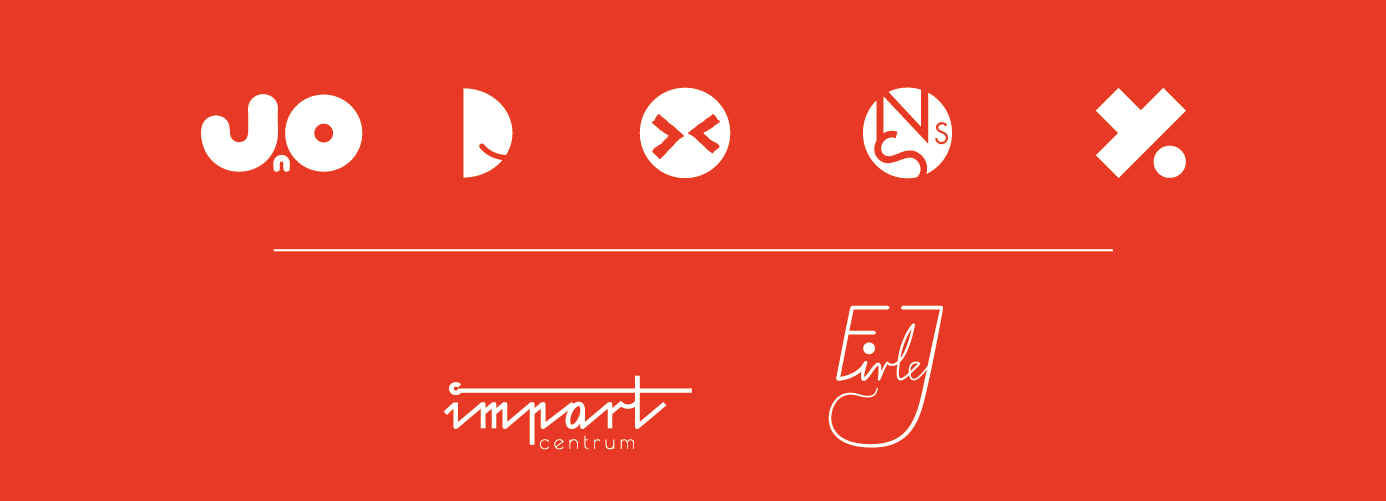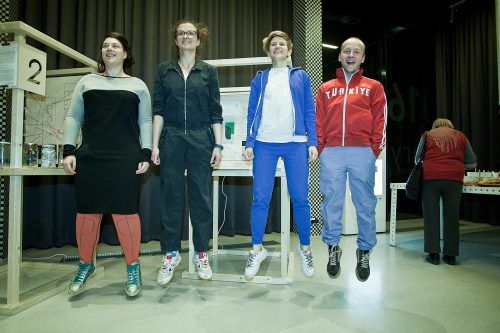This is how Adam Martyniak, Michał Mejnartowicz and Karolina Włodek, members of the Warstwy Group remember the beginnings of working at and with villa at 21 Kochanowskiego avenue: “It all started when we realized we wanted to work creatively in the house we lived in. We focused on its specifics and contexts surrounding it, at the same time trying to get rid of habits developed organizing exhibitions. That's how alongside Wykwit initiative, we started Warstwy [“Layers”].
Following this path, one of the next actions of Wartstwy became residency “Return visit”, with an open call addressed to Polish-German artists, whose biography could fit into Polish-German cross-border narration. Nina Adelajda Olczak responded to that call. She's an artists of multilayer identity: Silesian native, living and working in Germany, professionally engaging mostly in the field of new media – experimental films, performances and video installations. Her residency was intended to be inspired by the subject of resettlement, national identity and stereotypes connected with it, however in the course of the project she focused more on collaborating with local community. The artist proposed the development and transformation of the initial project into “Revolution in Zacisze” [“Rewolucja na Zaciszu”] – practices carried out to open people's minds to new ideas, the opinions of others and to understand their own limitations. Residency became the basis for artist's revolutionary activities in social, cultural, ecological and political field. In the duration “Return visit” the villa of Warstwy founders became the headquarters of “Revolution in Zacisze”.
The activities, in which not only the people of Zacisze took part, created the beginning of neighborhood network, based on the identified needs, the specifics of living “here”, and having the characteristic of “constant interference” in the history of the villa on Kochanowskiego avenue. The time spent with neighbors contributed to strengthening the bonds with local community. The villa got a chance to become a meeting place, which allowed for the exchange of experiences and conclusions, avoiding the typical for institutions fixed educational model, not very popular among the members of Warstwy Group.

